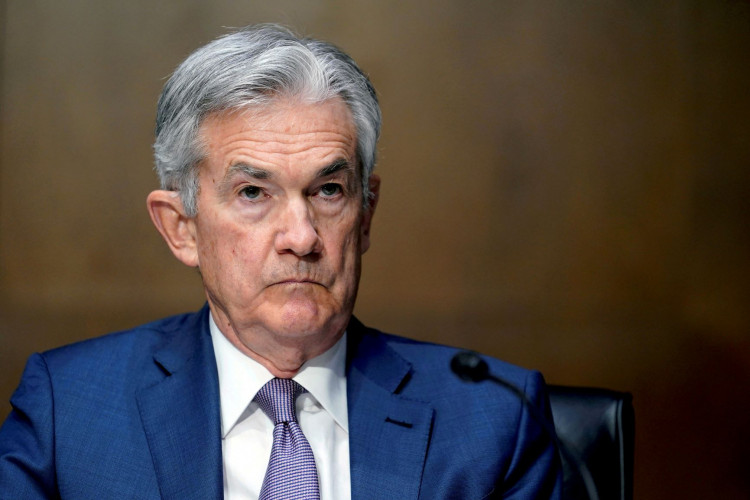The U.S. economy stands at a critical juncture this week as the Federal Reserve prepares to announce a highly anticipated interest rate cut, potentially signaling the end of a significant economic chapter. As financial markets anxiously await the Fed's decision, set to be revealed at 2 p.m. on Wednesday, the move could mark the culmination of the central bank's aggressive campaign to combat the highest inflation rates seen in modern times.
The economic landscape of the past four years has been defined by the Fed's efforts to rein in inflation, which soared to a staggering 9% in mid-2022. The central bank's response has been a series of interest rate hikes, totaling 5.25 percentage points between March 2022 and July 2023. These hikes aimed to cool an overheated economy but did so without triggering the widely predicted recession. Now, with inflation gradually declining and the job market showing signs of softening, the Fed is under pressure to shift its strategy.
The decision on whether to cut rates by 25 or 50 basis points has left traders and analysts divided, with both scenarios carrying significant implications. A 25 basis point cut would bring the Fed's target rate to a range of 5.0% to 5.25%, while a more substantial 50 basis point reduction would lower it to 4.75% to 5.0%. The uncertainty surrounding this decision has created a tense atmosphere in financial markets, with investors keenly focused on how the Fed's actions will impact the broader economy.
Former New York Fed President Bill Dudley weighed in on the debate, stating there's a "strong case" for a deeper cut as the Federal Open Market Committee (FOMC) aims to engineer a "soft landing" for the economy. Dudley's comments, along with reports from prominent financial publications suggesting that policymakers are struggling to reach a consensus, have heightened expectations for a more aggressive rate cut.
Beyond the immediate decision, the broader implications of the Fed's actions are significant. The era of ultra-low interest rates that characterized much of the 2010s appears to be over. As of June, Fed officials projected a longer-term target interest rate of 2.8%, a level higher than any seen between 2009 and 2021. This shift indicates that the economic environment is evolving, with potential challenges ahead as the U.S. navigates a new phase of monetary policy.
The recent volatility in the stock market underscores the stakes involved. Last week, the tech-heavy Nasdaq Composite and the S&P 500 both posted strong gains, driven by investor optimism that the Fed might opt for a substantial rate cut. However, the specter of a more modest 25 basis point reduction looms large, and the outcome could lead to renewed market turbulence.
Adding to the complexity is the state of the U.S. job market, which has shown signs of weakening in recent months. The unemployment rate has climbed from a historic low of 3.4% last year to 4.2% in August. Fed Chair Jerome Powell acknowledged this trend, stating in a recent speech in Jackson Hole, Wyoming, that the central bank does not "seek or welcome further cooling in labor market conditions." Yet, the risk remains that the job market slowdown could accelerate, potentially leading the Fed to reconsider its approach.
In addition to the Fed's rate decision, investors will be closely watching the release of updated economic forecasts in the Fed's Summary of Economic Projections (SEP). This includes the "dot plot," which maps out policymakers' expectations for future interest rates. The June projections suggested a peak Fed funds rate of 5.1% in 2024, but with markets now pricing in up to 100 basis points of cuts through the end of next year, Wednesday's update will be pivotal in shaping expectations.
As the Fed grapples with these decisions, the broader U.S. economy continues to send mixed signals. Retail sales data for August, set to be released on Tuesday, will provide further insight into consumer spending trends, while the housing market remains a focal point amid fluctuating mortgage rates. Additionally, key corporate earnings reports from companies like FedEx and General Mills will offer a snapshot of the economic landscape as businesses navigate the shifting terrain.
Ultimately, the Fed's actions this week could set the tone for the U.S. economy in the months ahead. Whether the central bank opts for a 25 or 50 basis point cut, the decision will have far-reaching implications for markets, consumers, and businesses alike. As the U.S. enters this new phase, the question remains: Is the economy ready for what comes next?






